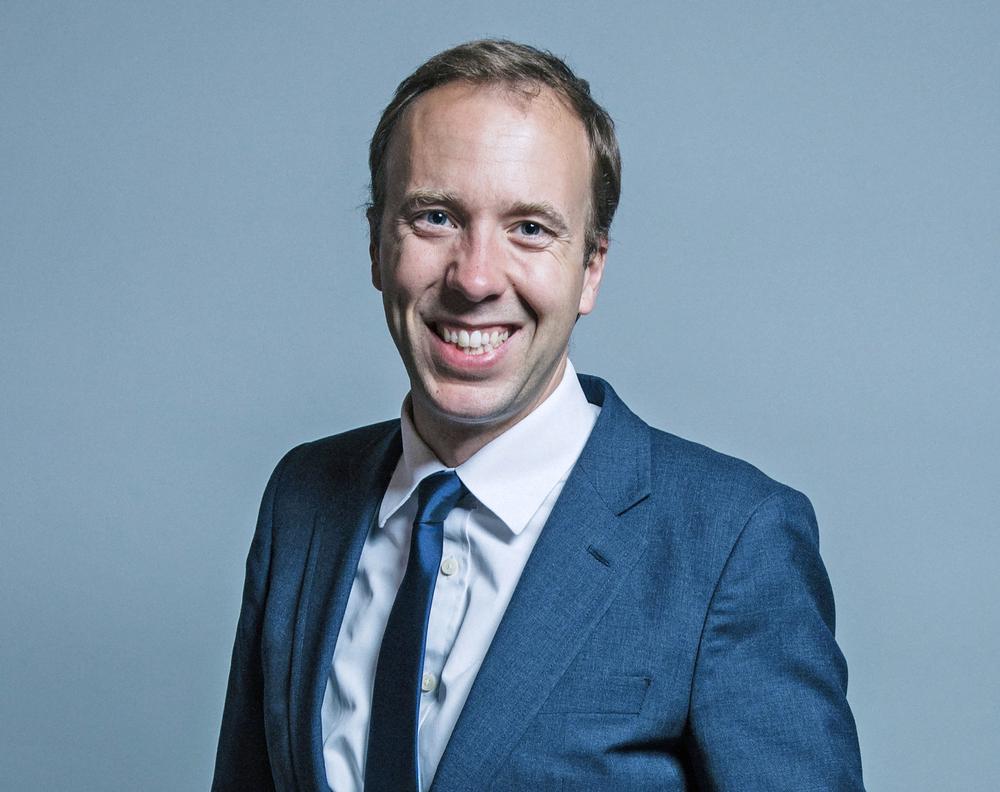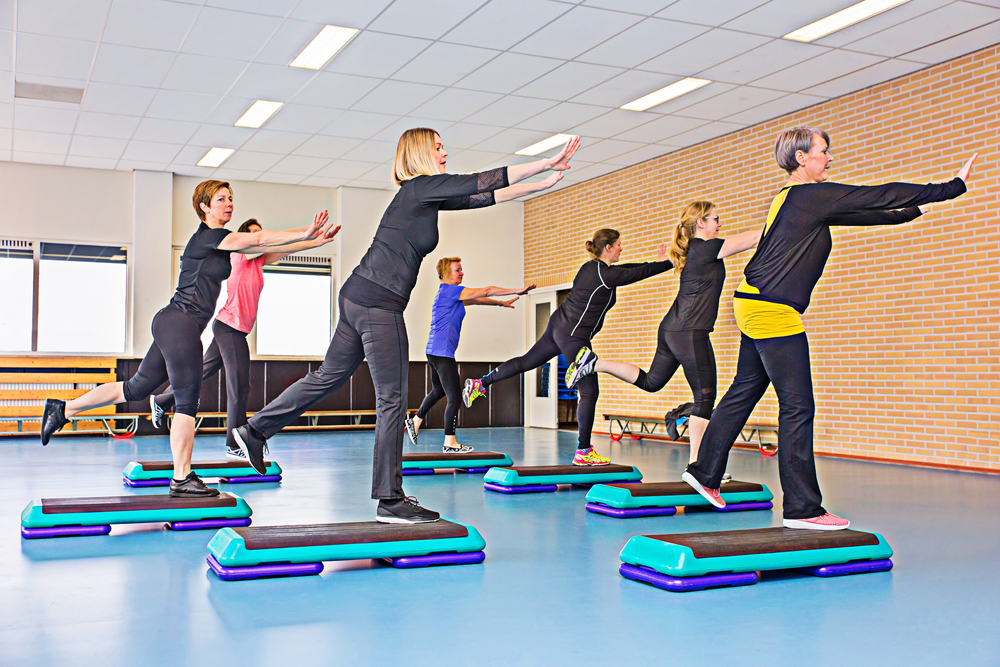
Steven Ward
We welcome the Secretary of State for Health and Social Care’s continued commitment to putting the preventative agenda at the heart of health policy. Hancock has reiterated the government’s intention to transform public health and these targets rightly focus on health creation through exercise and nutrition, rather than a negative and hopeless focus on condition management.
Nonetheless, a transformation of public health can’t happen without investment, and we’re facing a £1bn cut in the public health budget for 2019/20, according to the Health Foundation’s analysis.
As government re-evaluates its priorities for the next five years in the upcoming spending review, the preventative agenda, and the role of our sector, must feature centrally in the NHS Long Term Plan. To stem the tide of preventable diseases which are burdening our health and social services, there must be more investment in prevention.
We’ve set out some opportunities with which the Secretary of State could make an immediate impact on public health. Firstly, we need to reimagine schools as community hubs which are focused on health and wellbeing, as well as education.
It’s staggering that 40 per cent of community sports facilities are behind school gates. ukactive’s Generation Inactive 2 report recommends that government develops outward-facing and sustainable schools-as-community hubs, with integrated health, education and social care provision for children and family engagement.
Secondly, we should be building wellness hubs using private finance to transform the UK’s ageing leisure centres into modern centres which see the co-location of leisure, health and community services under one roof.
Sport England’s funding model shows wellness hubs could achieve a 30 per cent reduction in capital build cost and a 40 per cent improvement in efficiency.
Finally, we’re calling for the implementation of a Workout from Work scheme, extending the Cycle to Work scheme to include other fitness equipment and gym memberships – which would see 209,000 inactive Britons take up physical activity.
“Clearly, the role of the physical activity sector in the preventative health agenda is vital. What we must see from Government is a clear commitment to working with our sector to provide the preventative frontline for the NHS”
This scheme has received backing from a coalition of business groups, health leaders and leisure operators, who have signed a joint letter which is currently being considered by the Chancellor.
Independent analysis shows a cost-to-benefit ratio of 2.6 to one, bringing significant cost savings to the NHS, improved workplace productivity and reduced premature mortality.
Clearly, the role of the physical activity sector in the preventative health agenda is vital. We have the facilities, infrastructure and skills to support public health across the country, by keeping people healthier and happier for longer. We must now see a clear commitment from government to working with our sector to provide the preventative frontline for the NHS.
The ageing stock of leisure centres could be turned into wellness hubs through private finance
PHOTO: SHUTTERSTOCK/Ben Schonewille






























































